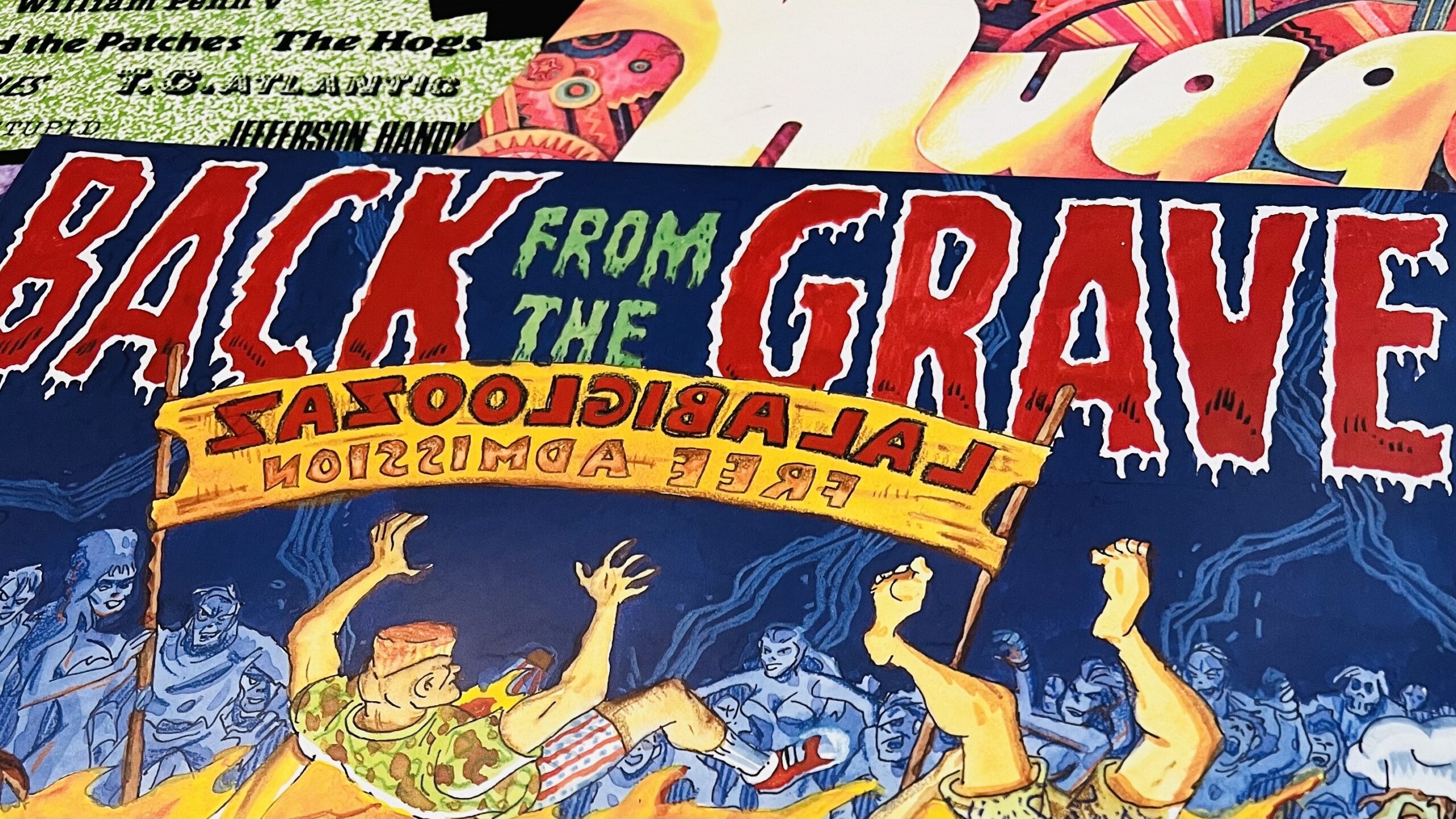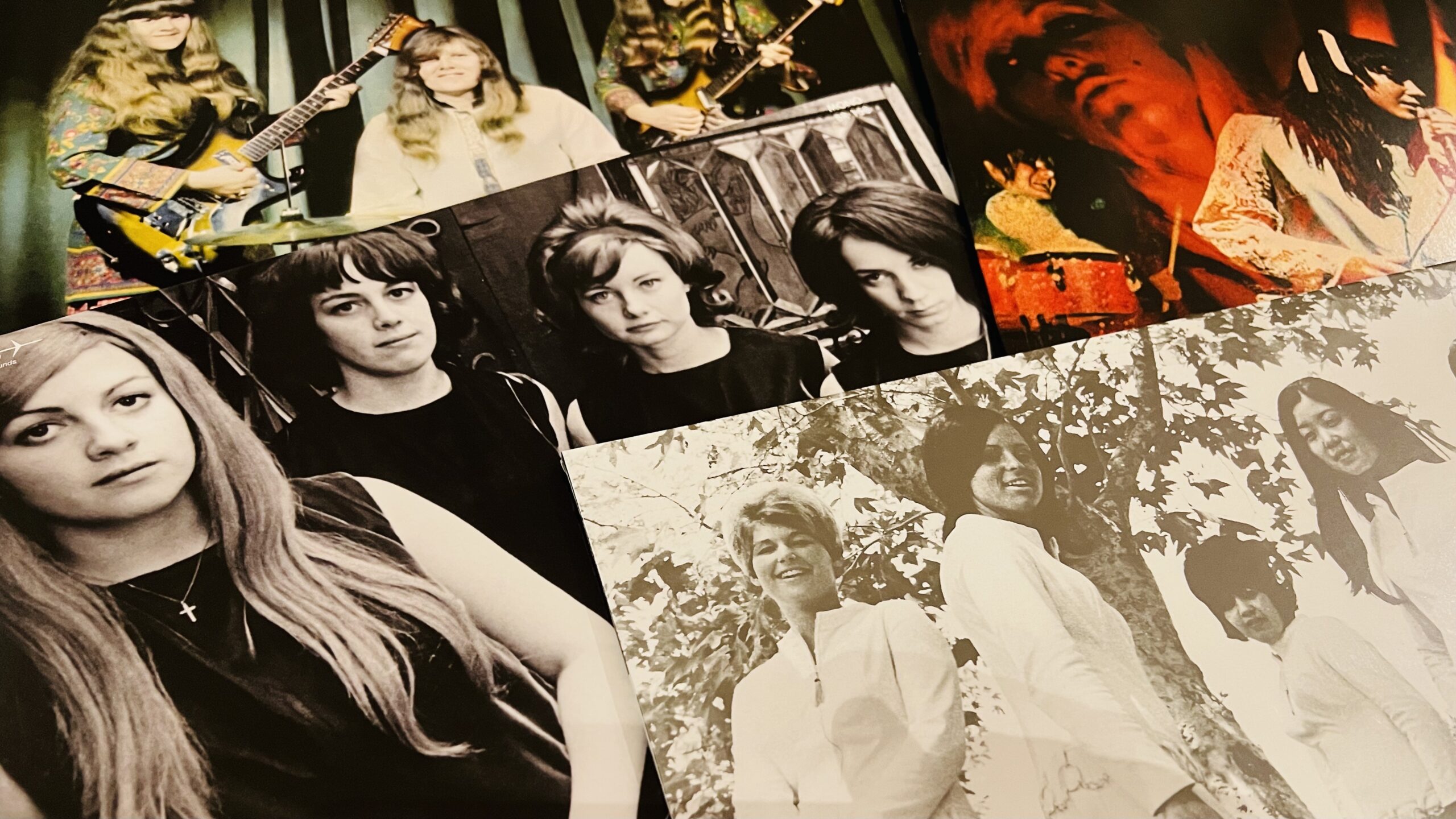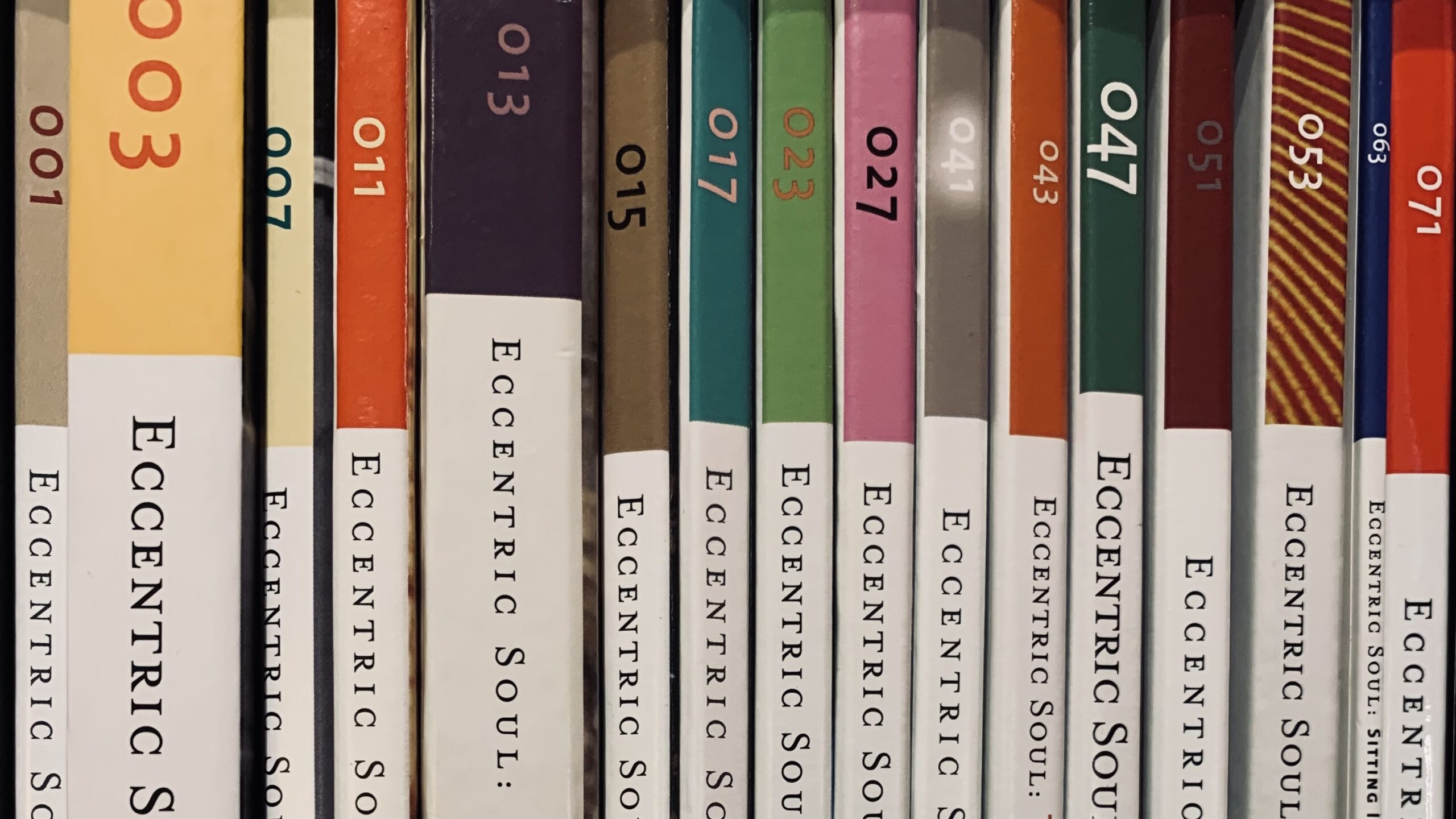
For our next stop, we go from coast to coast: leaving the state of New York, and heading for the somewhat more-relaxed confines of Northern California. While we’re technically covering half of a state in this entry, we’ll largely be focusing on the thriving rock scene that was cultivated in Bay Area cities like San Francisco, San Jose, and Berkeley, as well as the surrounding suburbs. A handful of smaller communities will be represented here too, but this is really the San Francisco scene’s moment to shine.
Of course, San Francisco would become synonymous with the counterculture movement that came to define the late-sixties, but we’re still talking garage bands here. The sounds that would be canonized by acts like Jefferson Airplane, Grateful Dead, and Big Brother & The Holding Company were definitely iconic – and undoubtedly grew from a DIY mentality – but they existed in a different sonic landscape. With that said, you’ll find in reading this feature that one needn’t dig too deep to find that scene’s garage roots.
It’s likely that one would be tempted to compare what was going on with the Bay Area garage scene to what was happening in contemporary Los Angeles, or the just-as-adjacent Pacific Northwest. Though the San Francisco scene similarly found artists incorporating folk and psychedelic influences, they tended to do so with a bit less panache than their L.A. counterparts, and with less grit than bands from regions further north. While there are always outliers on any scene, in general – just as they were geographically – Bay Area groups were somewhere between those of Southern California and the Pacific Northwest in terms of stylistic signifiers.
Perhaps more surprisingly, garage bands of the Bay Area seemed to find little inspiration in the hives of political activity that surrounded them. Though activism was strong on the campus of Berkeley (where the Free Speech Movement was founded in 1964), on the streets of Oakland (where the Black Panthers formed in 1966), and in the Haight-Ashbury district (which would become the epicenter of the counterculture), the songs featured here still largely reflect the relationship-centric themes of most contemporary garage rock – with the occasional bout of existential crisis thrown in for good measure. This clear line of division would eventually fade with the emergence of a counterculture-adjacent rock scene in the late-sixties, but it remains (mostly) firmly in place on these thirty tracks.
Once again, these thirty songs are only all available on the YouTube playlist below. Twenty-six of them (at the time of publication) can be found on the corresponding Spotify playlist. Both merely scratch the surface of what the Bay Area garage scene had to offer, but they should hopefully inspire you to seek out some more gems. Enjoy!
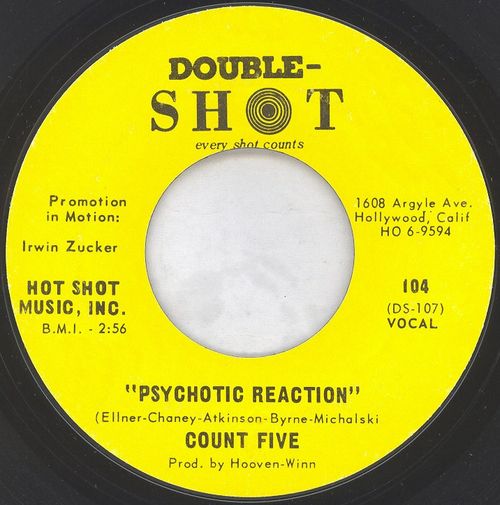
We begin with what just may be the quintessential Northern California garage track. Released in the summer of 1966, “Psychotic Reaction” found San Jose’s Count Five tapping into the manic punk sounds that had already taken off in the Pacific Northwest, but ramping up the mayhem – and the tempo – in the song’s pair of instrumental breakdowns. The track quickly became a Bay Area hit upon release, and then began an improbable run to the #5 position on the Billboard charts in the fall of 1966. The eventual title-track to the group’s debut album, “Psychotic Reaction” would become something of a garage rock standard in time.
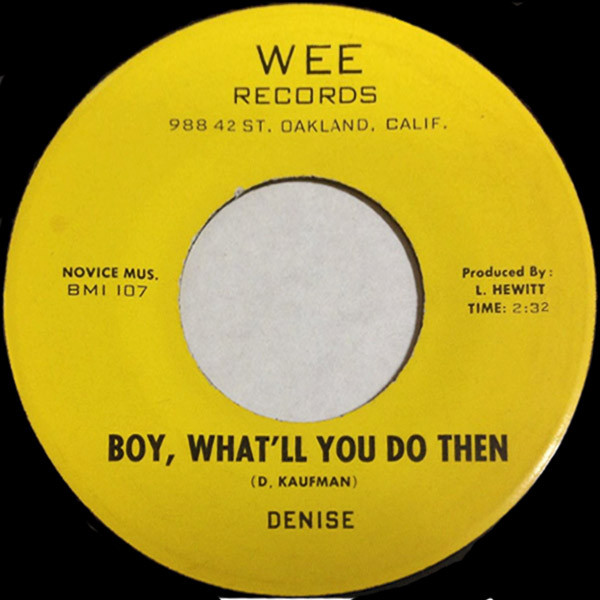
Prior to forming Ace of Cups – one of the Bay Area’s first all-female rock groups – Denise Kaufman released this scorching track as her debut single. Whether or not “Boy, What’ll You Do Then” was intended as a direct response to the multitude of misogynistic rock hits of the era, it’s a forceful rejection of the problematic power dynamic that marred even some of the greatest garage recordings. Plus, it kicks all manner of ass.
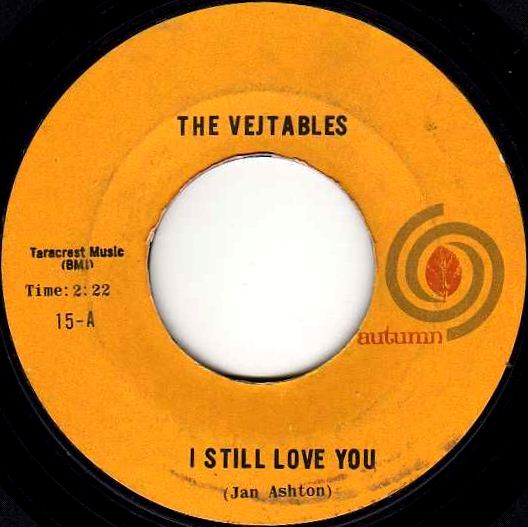
From the San Francisco suburb of Millbrae, The Vejtables straddled the line between garage and folk rock. Written by Jan Ashton – who was the band’s lead singer and drummer – “I Still Love You” benefits greatly from its upbeat tempo, and the female-male vocal harmonies that were all-too-rare on the contemporary garage rock scene.
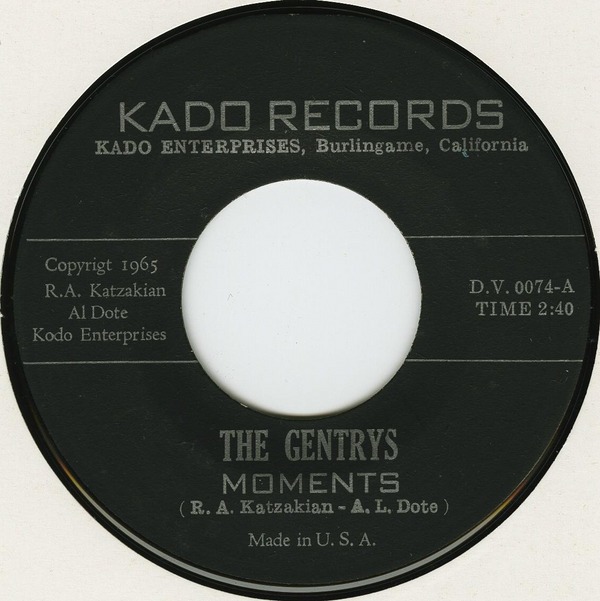
Something of a throwback to the saxophone-led surf/frat rock that had peaked a few years prior to its release, “Wild” is just that. Essentially an instrumental – save for the punctuated screams of the song’s title – the track finds the Burlingame-based Gentrys delivering a full-octane blast of unhinged rock and roll.
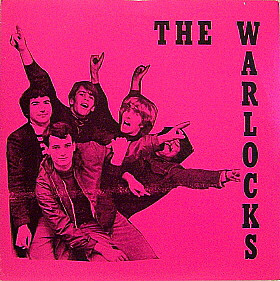
Before they changed their name to Grateful Dead, before they had legions of ultra-devoted fans, The Warlocks were just another hard-working Bay Area garage band. Recorded as part of a marathon session that looms large in Deadhead lore, “Can’t Come Down” is a blistering early offering from the group. Though not released until years later, the Dylan-inspired track shows a fascinating glimpse at a soon-to-be iconic band.
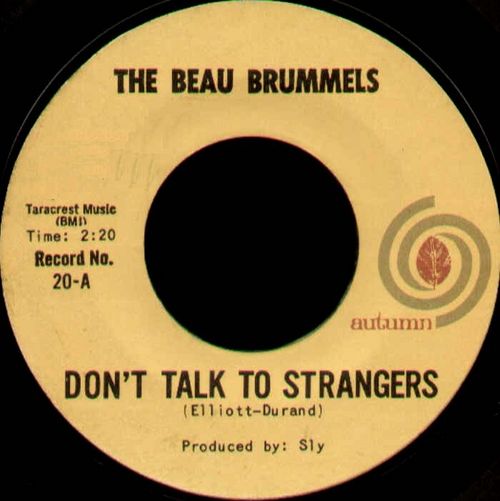
Though they often veered toward their poppier and folkier impulses, San Francisco’s Beau Brummels lingered on the edges of the garage scene in their earlier work. A jangly highlight of their second album, “Don’t Talk to Strangers” was not one of the band’s most successful singles, but it stands as one of the most enjoyable tracks in their discography.
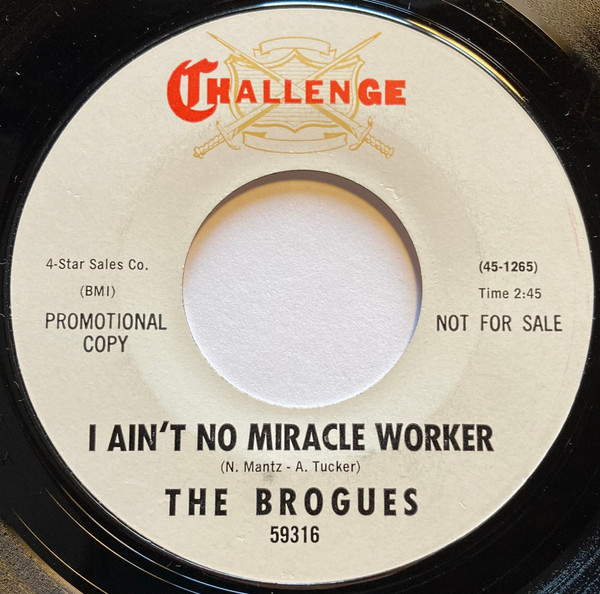
Written by the songwriting duo of Annette Tucker and Nancie Mantz, “I Ain’t No Miracle Worker” was given its definitive reading as the second A-side from The Brogues. While it should have broken the Merced-based group to a much larger audience, stardom was not ultimately in the cards; at least not with The Brogues. Though two of the band’s members would be drafted into the military not long after this single’s release, two others – Gary Duncan and Greg Elmore – would go on to join Quicksilver Messenger Service.
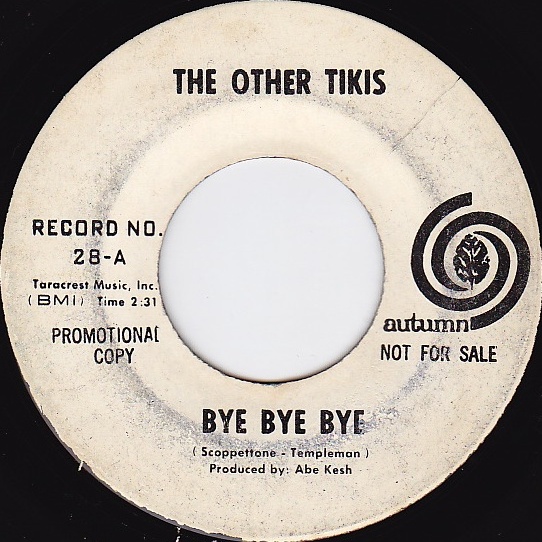
Originally known as The Tikis, this Santa Cruz band adopted an amended handle after learning that they were just one of several groups with the name. While the new moniker wouldn’t last for long – the group would rename itself Harpers Bizarre in 1966, and go on to much greater success – “Bye Bye Bye” is an appealing slice of moody garage rock.
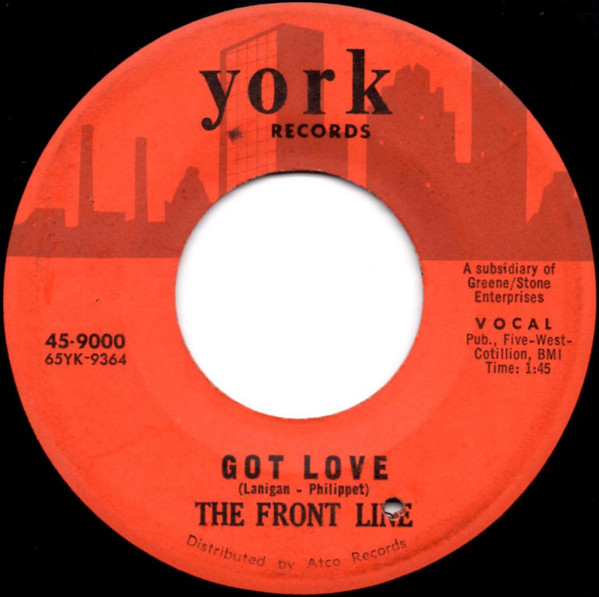
Another band forced to change its name – they were known as The Turtles before the Los Angeles-based group broke through to national attention – San Rafael’s The Front Line hit a peak on the B-side to their debut single. “Got Love” skips at a brisk pace, led by the active organ work of Jim Brewer, and punctuated by the group vocals of the chorus hook.
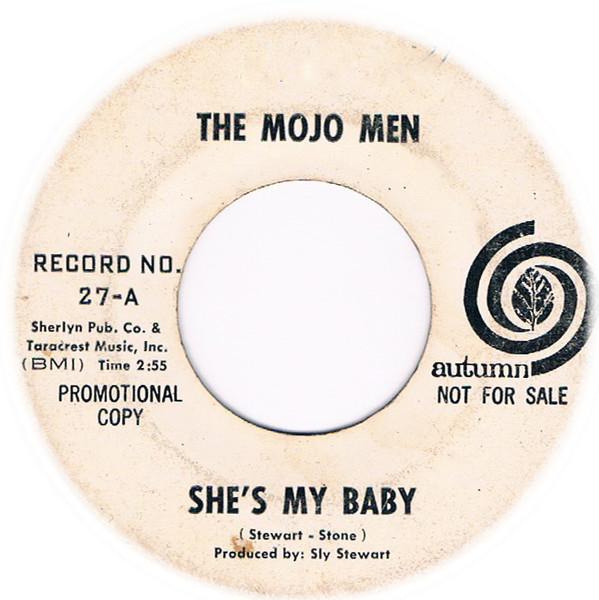
It’s some serious guitar fuzz that introduces this excellent 1965 A-side from San Francisco’s The Mojo Men. Shifting into a blues-based verse, the fuzz returns again for the song’s pounding chorus, and the hook is ultimately set by a band vocal that matches the swagger of any number of vintage Rolling Stones singles.
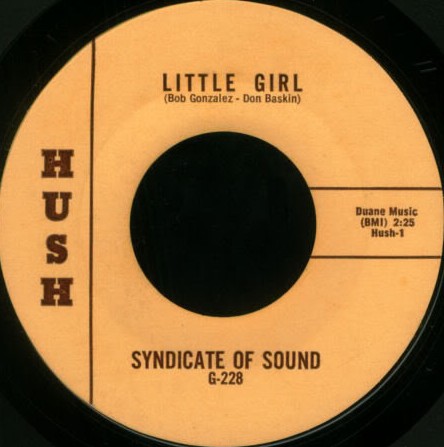
Though it’s mostly-forgotten today, San Jose’s Syndicate of Sound scored a legitimate hit with their debut single for Hush Records, which reached #8 on the Billboard charts in the summer of 1966. “Little Girl” is a simple track, but its jangly guitar figure provides a welcoming reference point, and effectively serves as the song’s chorus in the absence of a vocal hook (an oddity for a song that placed so highly on the pop charts).
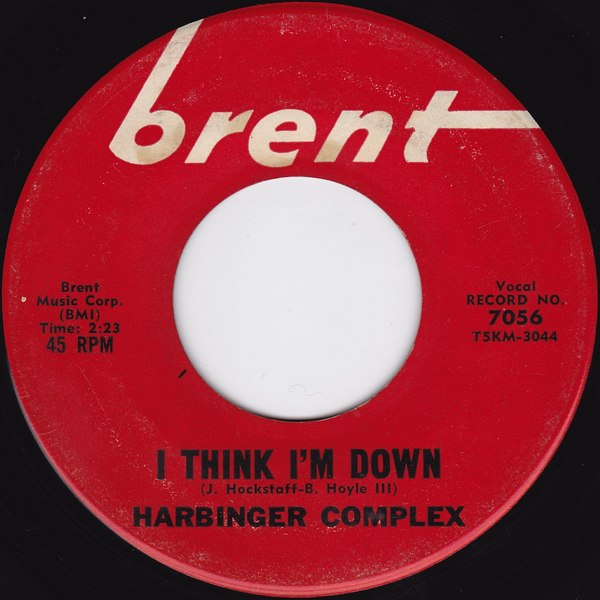
Conversely, there’s no shortage of hooks on this exceptional A-side from Fremont’s The Harbinger Complex. Released in the summer of 1966, the track apparently failed to bring much attention to the band – it would prove to be their final single – but “I Think I’m Down” is about as catchy and appealing as American garage rock would ever get. Though overlooked upon release, the song would become a compilation mainstay, starting with its inclusion on the 1967 release (With Love) A Pot of Flowers, from the Mainstream label.
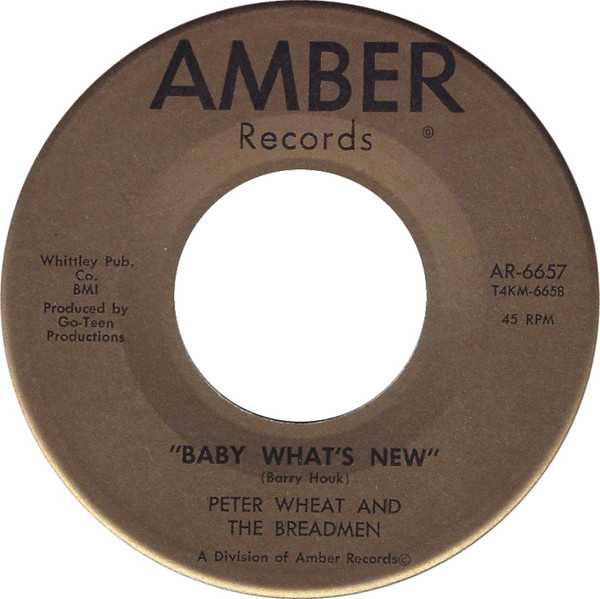
Penned by lead guitarist Barry Houk, “Baby What’s New” is a charming track from the oddly-named Peter Wheat and The Breadmen. While the Fremont-based band’s live show drew a strong following among young Bay Area rock fans, they would only issue this lone single on the local Amber Records label before breaking up in early 1967.
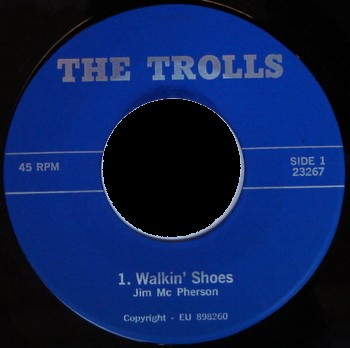
While they would eventually go on to earn wider recognition as the psych-inspired Stained Glass, The Trolls turned in a sharp bit of garage pop with their lone A-side. A mid-tempo minor-key track with prominent harmonica, “Walkin’ Shoes” was an impressive original composition from the San Jose group.
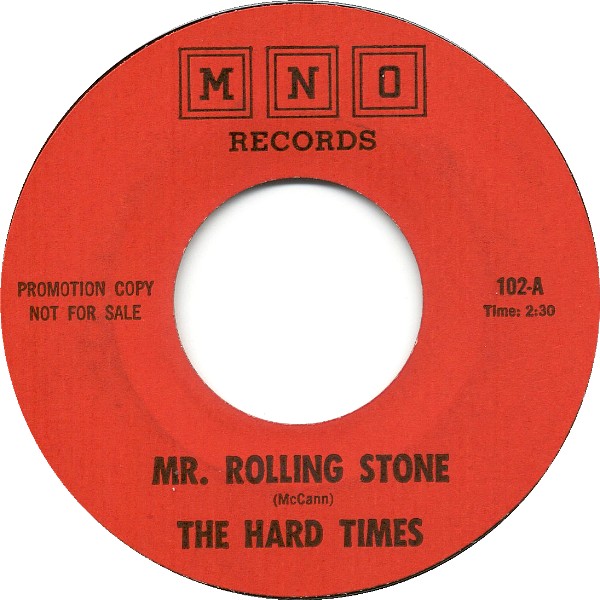
Though its title hints at one of this San Jose group’s likely inspirations, “Mr. Rolling Stone” actually shares a lot more of its musical DNA with a different London band. As the liner notes to the tenth edition of the Back From the Grave series state, the exact nature of this group remains a mystery, but there’s a genuine charm to this Kinks knock-off.
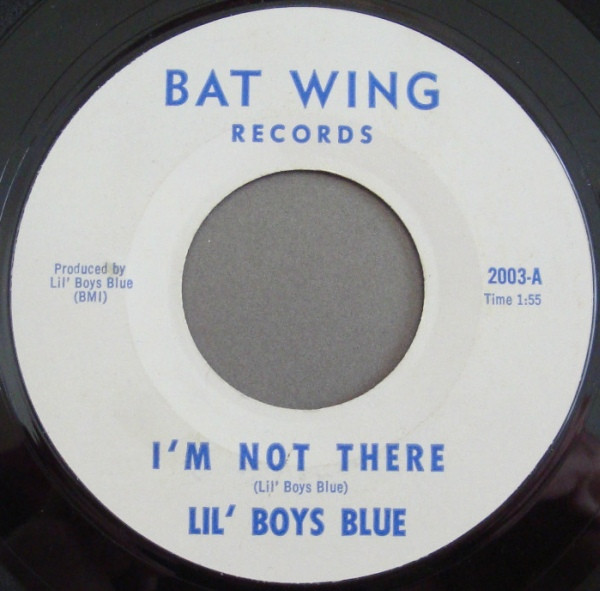
From the San Francisco suburb of Sunnyvale, Lil’ Boys Blue are another group that would build a solid live reputation, but release just one single. Their lone A-side, “I’m Not There” trades in a surfy rhythmic backing, and draws more than a little lyrical inspiration from the then-recent 13th Floor Elevators hit, “You’re Gonna Miss Me.”
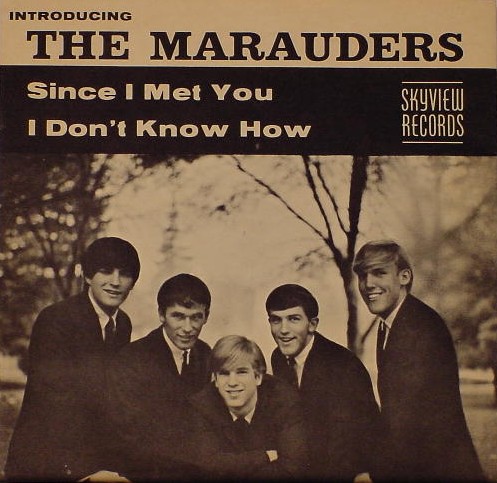
Though much of the band would be reconstituted as The Waphphle, Sacramento’s The Marauders made a meaningful first impression with their debut A-side. Introduced by a descending piano riff that becomes a recurring motif, “Since I Met You” matches its brisk pacing with solid group harmonies and jagged rhythmic punctuations. It’s not as immediately hooky as some of the other tracks here, but it rewards repeat listens.
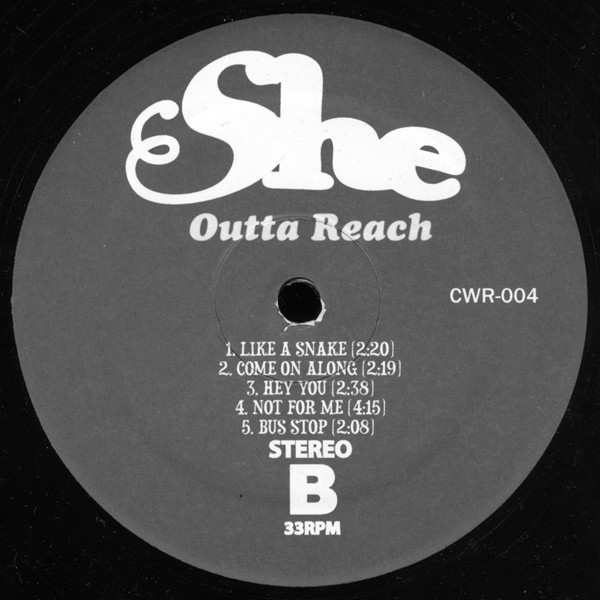
The Hairem would soon morph into the band She, whose limited recording output has become the stuff of legend amongst garage enthusiasts. Compiled as part of the 1999 collection She Wants a Piece of You, their work provides a fascinating glimpse into one of the rare all-female garage groups. A highlight of said catalog, “Like a Snake” is a snarling cautionary tale captured in lo-fi glory.
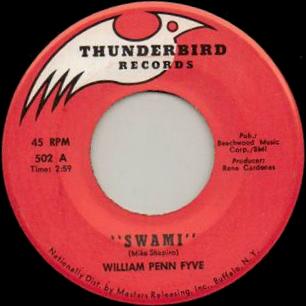
Just as there was contention between and within the social movements that were indelibly tied to the Bay Area in the sixties, there were divisions among rock subcultures as well. Many of these pitted scenes against each other in the age-old debates between style and substance, and as psychedelia became more prominent in the mid-sixties, some garage acts embraced it, while others mocked it. On “Swami,” San Mateo’s William Penn Fyve try to have it both ways, and manage to craft an excellent single in the process.
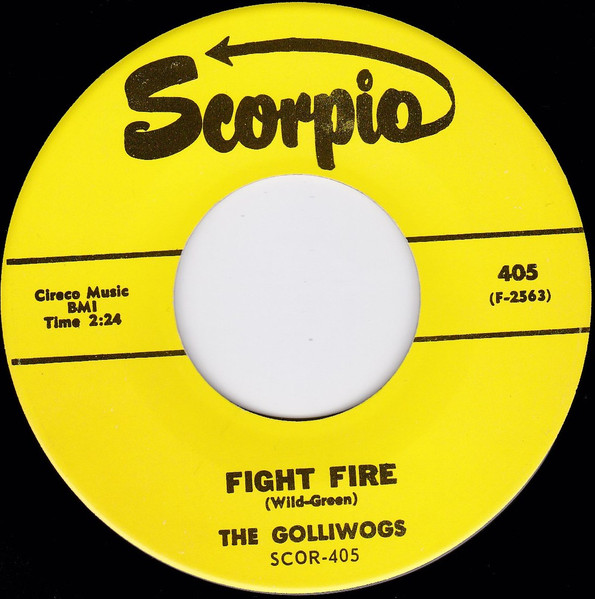
Even today, El Cerrito is an unassuming Bay Area suburb of twenty-some-thousand inhabitants; not exactly where one might expect one of America’s greatest ever bands to emerge from. Before he was seemingly plucking fully-formed masterpieces from the ether of collective consciousness, John Fogerty was merely another young garage band leader hoping for a break. In time, Fogerty would make his impact on the Great American Songbook felt, but “Fight Fire” is a promising start.
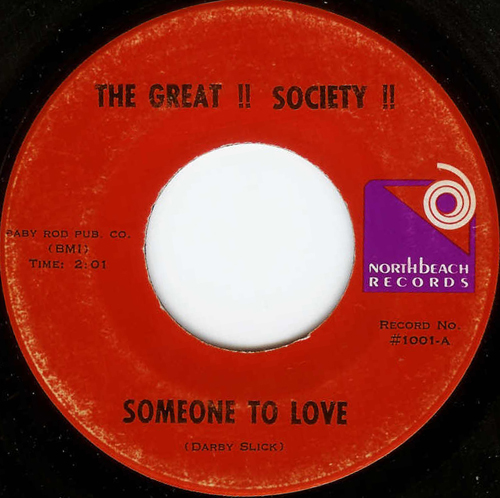
Yeah, it sounds practically tentative when compared to the Jefferson Airplane version that would arrive almost exactly a year later (re-titled “Somebody to Love”), but this earlier take on “Someone to Love” is excellent in its own right. Even though Grace Slick would grow into the song’s increasingly powerful instrumentation in time, she delivers a commanding performance here.
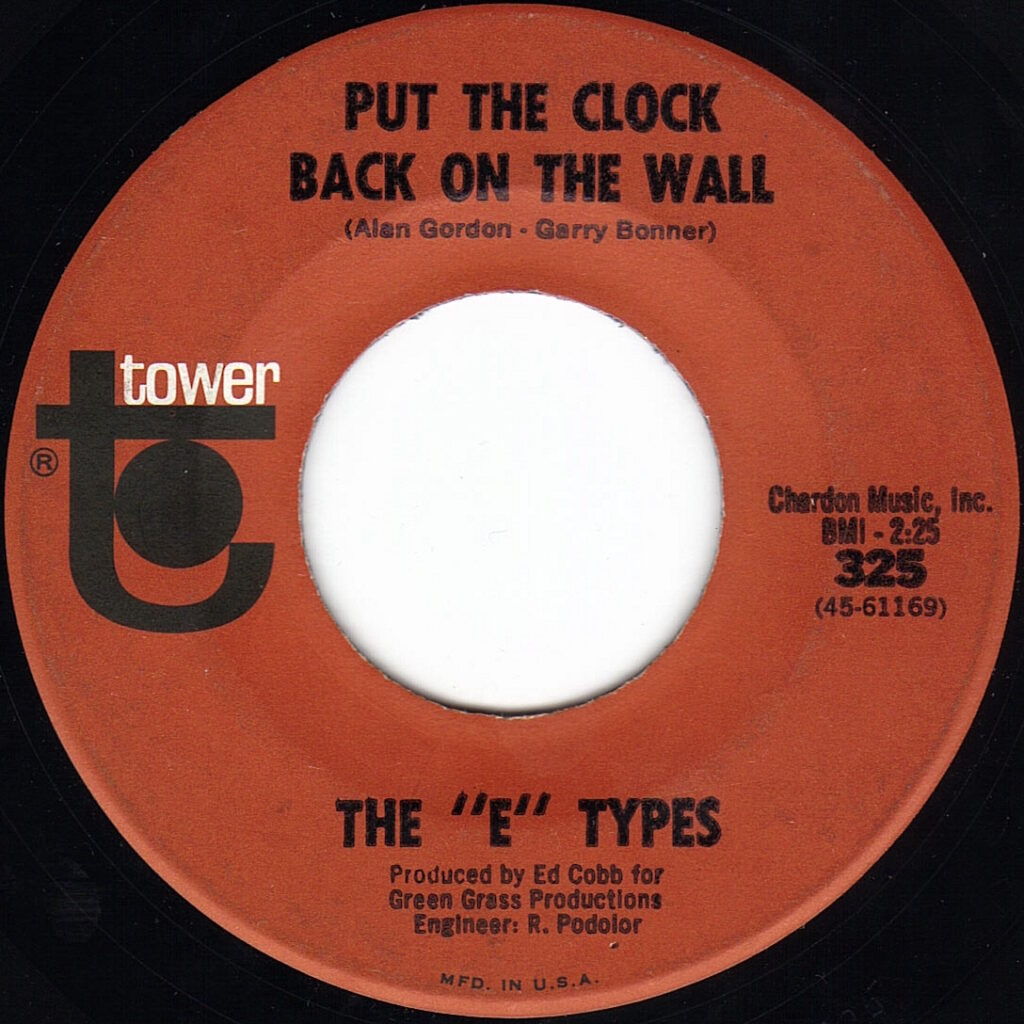
Hailing from Salinas – the hometown of John Steinbeck – The E-Types landed a place in the garage rock canon with the A-side to their penultimate single. While “Put the Clock Back on the Wall” incorporated psychedelic influences in its production, it was the song’s composition – courtesy of Alan Gordon and Garry Bonner, formerly of the New York garage band The Magicians – and spirited performances that make it such an intriguing and enduring track.
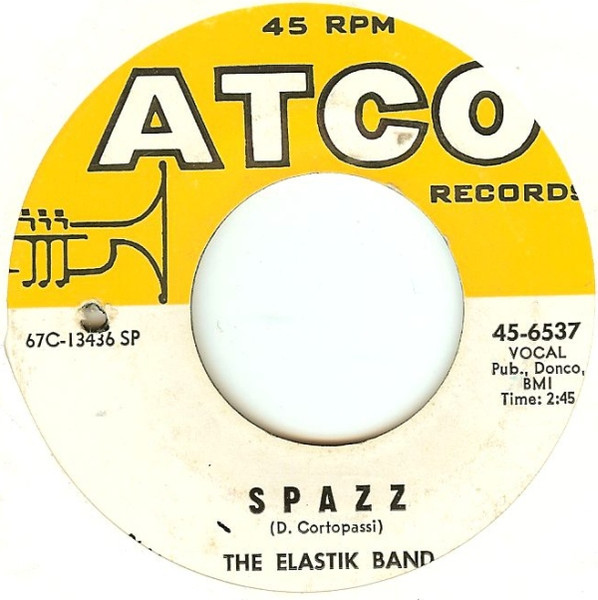
Even by 1967 standards, the signature single from Belmont’s The Elastik Band was in questionable taste. However, its jittery rhythm, creepy keys, and over the top vocal delivery made for a song that was also quite revolutionary. Much of the garage rock of the mid-sixties seems to be anticipating the punk sounds of a decade later, but on “Spazz,” The Elastik Band were already looking ahead to post-punk.
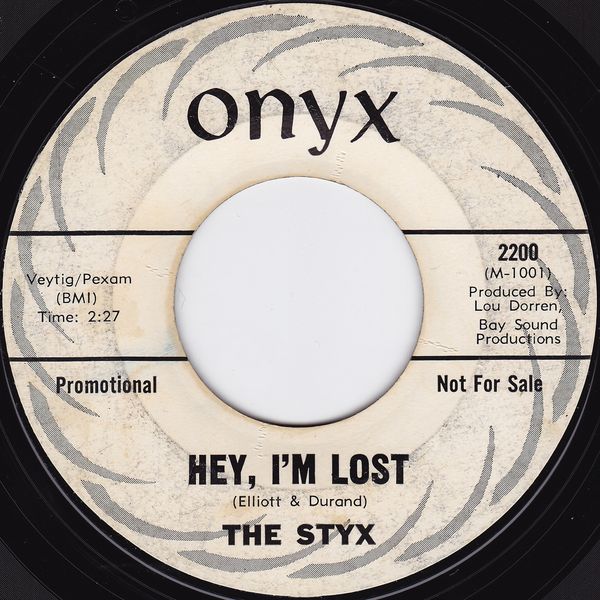
Officially credited to just The Styx, “Hey, I’m Lost” was an intriguing final offering from the Mill Valley group led by vocalist Butch Engle. Skirting the line between garage and psych, the track manages to sound reminiscent of The Zombies – both their early R&B-based tracks, and the lush psychedelia of 1968’s masterful Odessy and Oracle.
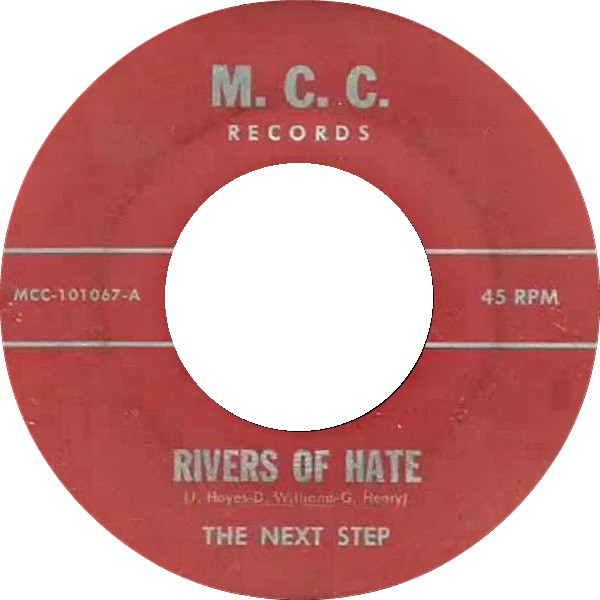
Fitting for a song called “Rivers of Hate,” The Next Step create an ominous atmosphere on their debut A-side. While not quite as deeply drenched in psych as something like The Human Expression’s “Optical Sound,” the Marysville group showed that you didn’t need a big budget or a fancy recording studio to achieve an immersive sound.
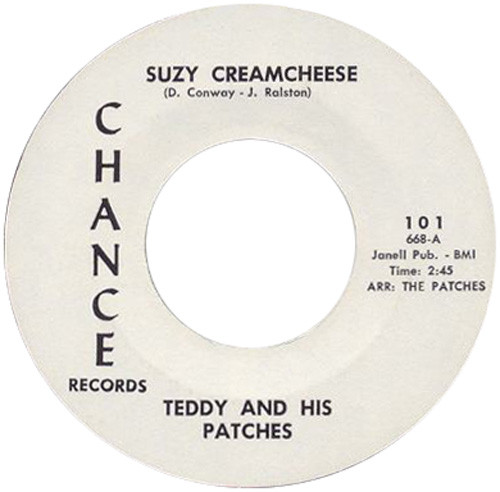
Named after a character that was introduced on The Mothers of Invention’s 1966 debut Freak Out!, “Suzy Creamcheese” is a continually-morphing display of disorienting psychedelia. Teddy and His Patches upped the freakiness of fellow San Jose bands like Count Five, and leave quite an acid-drenched impression on this bewildering track.
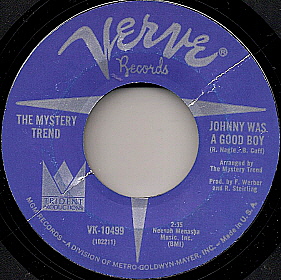
Releasing their lone single on Verve Records, The Mystery Trend were doomed to exist in the shadow of The Velvet Underground, but for a brief time, the San Francisco group were one of the biggest acts on the Bay Area scene. “Johnny Was a Good Boy” displays their unique songwriting and production skills (dig that low fuzz bass sound), and like many of the tracks featured here, it leaves listeners wondering where this talented band might’ve gone next.
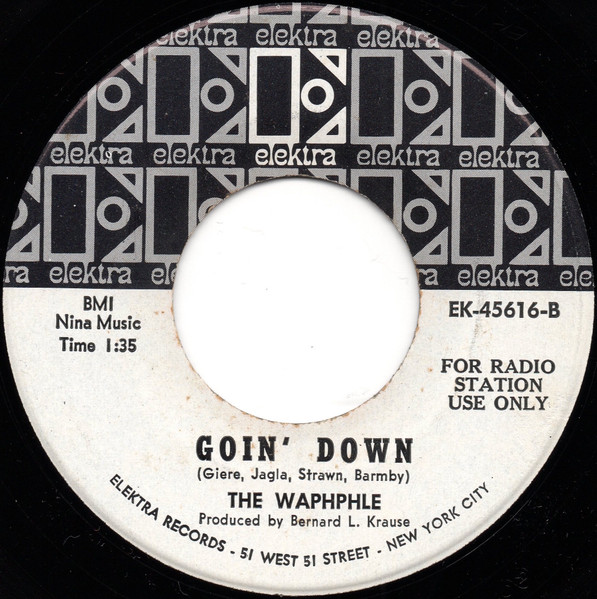
Formed from the ashes of The Marauders, The Waphphle (pronounced like waffle?) would release just one single before disbanding for good. “Goin’ Down” is a brief-but-spirited track that backed the lighter-weight “I Want You (To Be My One and Only),” and the vocals of Jack Giere sound remarkably similar to the work of Tommy-era Roger Daltrey.
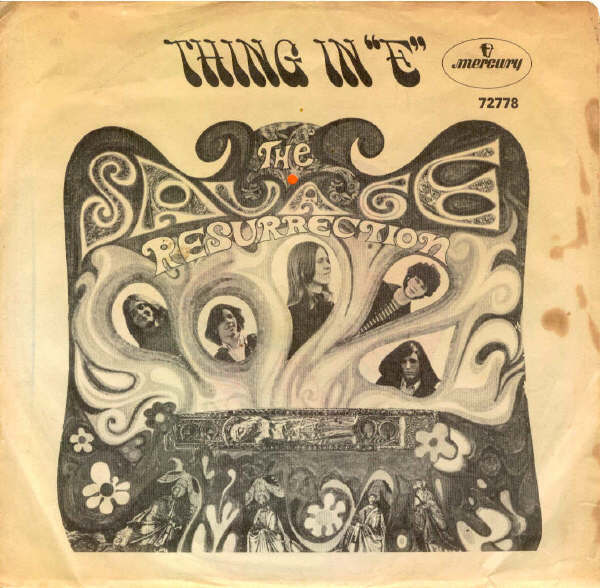
We’ve not yet touched on the fact that Jimi Hendrix spent some meaningful time in San Francisco during the sixties, but the main guitar riff (doubled as a vocal melody) of The Savage Resurrection’s lone A-side is bound to remind you of the legendary rock idol. “Thing in E” – which would also open the band’s 1968 self-titled album – definitely leans toward the psych/acid end of the garage rock spectrum, but its an invigorating track from a largely-forgotten band.
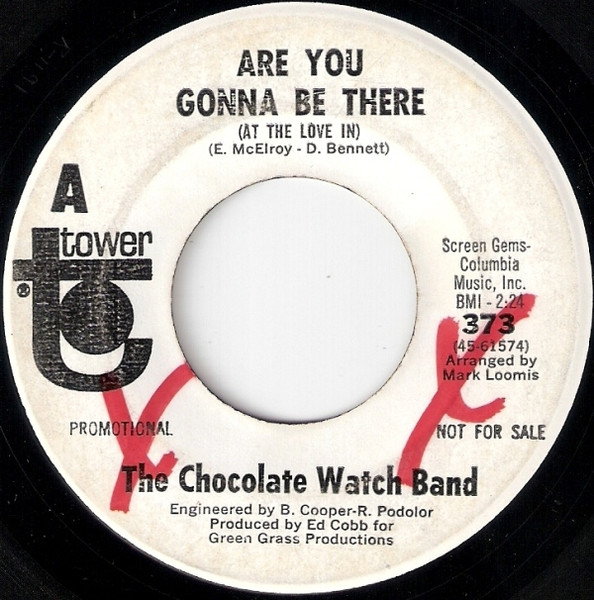
We close with one of the most successful groups from the Bay Area scene. San Jose’s The Chocolate Watchband would release three albums during the sixties; releasing even one was a rarity for the bands on this list. Though they would land on the original 1972 Nuggets compilation with 1967’s “Let’s Talk About Girls,” the group reached their apex on the same year’s “Are You Gonna Be There (At the Love In)” – which did make it onto the expanded 1998 edition of Nuggets. While it’s worded as a question, the intensity of the song’s titular chorus makes it sound more like a demand, and a tough-to-defy one at that.


